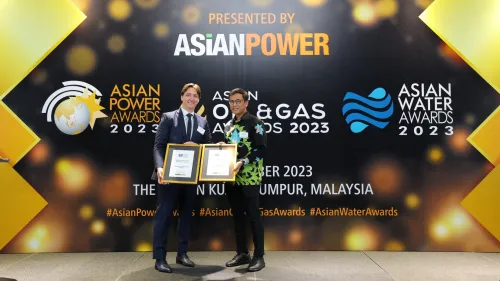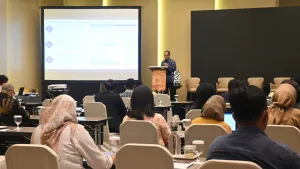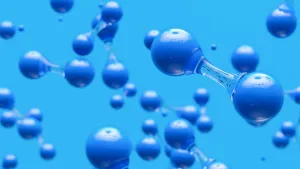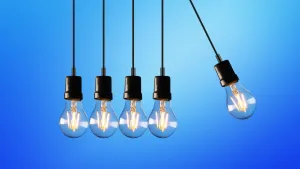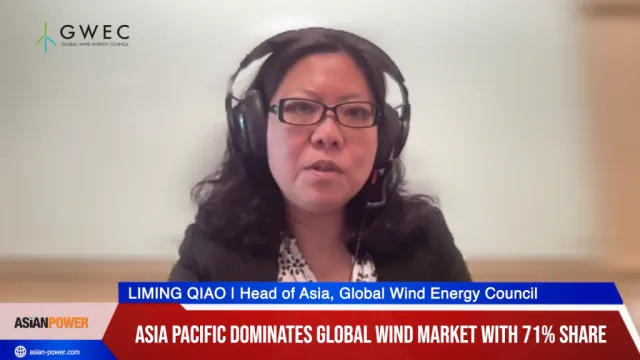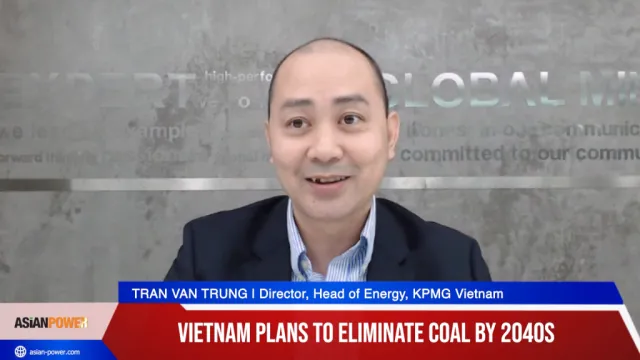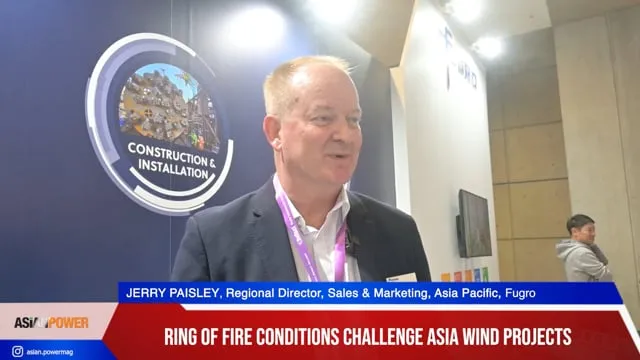Shell aggressive on new lubricant technology
Over $1b spent annually in R&D for new products
Oil giant Shell has is finding a niche in the energy sustainability conversation through its lubricant products.
At the 5th POWER Southeast Asia Conference held in Manila, Shell Technical Manager DJ Javier highlighted how the company is contributing to energy sustainability efforts by developing new products that help bring down operation costs of its customers.
“Technology is at the heart of everything we do in Shell,” Javier said, adding that Shell pours significant time and resources for R&D to meet their customers’ varying needs. One of these areas, he noted, is in lubricant technology.
“We develop innovative lubricants technology to meet the rising energy demand while limiting environmental and social impact.” Javier said, highlighting that lubricants play a crucial role in maximizing machine power and efficiency. “The primary function of lubricant is to reduce friction, so if you reduce friction, you also reduce the amount of energy lost.”
Javier said the challenge was to “use the lowest possible oil viscosity in the lubricant that will provide right protection and durability.” Shell then developed the new gas-to-liquid (GTL) technology, which uses less viscosity for less fission and low volatility for low oil consumption.
Javier explained that GTL technology converts natural gas into liquid pure base oil. “It’s very similar to a steam produced from boiling underground water and then you condense this into distilled pure water,” he elaborated, adding that GTL eliminates impurities and features improved antioxidant properties that extend the life of lubricant products.
Shell is now using the GTL technology in several of product lines, such as the transformer oil Shell Diala S4 and turbine oil Turbo TS4X and Turbo S4GX. GTL-based products, according to Javier, not only promote system efficiency but also maximize protection because of their low sulfur content that minimizes risk for corrosion.
Javier said that currently, Shell is the only company in the world with commercial GTL manufacturing operations. Their plant, located in Qatar, has more than one million tonnes in capacity. He added that their products have passed the qualifications set by leading transformer manufacturers, such as Alstom, Hyundai, and Siemens.
Shell projects that by 2030, there will be an additional 10 GW of power requirements, brought about by population growth and increased urbanization. In the Philippines alone, population is seen to increase to 137 million by 2040--53% of which will be living in cities. This rapid increase in demand, Javier noted, has further underscored the need for improved energy efficiency.
“We have product application specialists who work with our customers to improve their performance and productivity and profitability,” Javier added, noting that they collaborate with energy companies, regional equipment manufacturers, the academe, and government institutions to find the best solutions for customers.
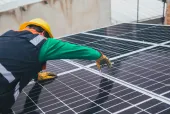

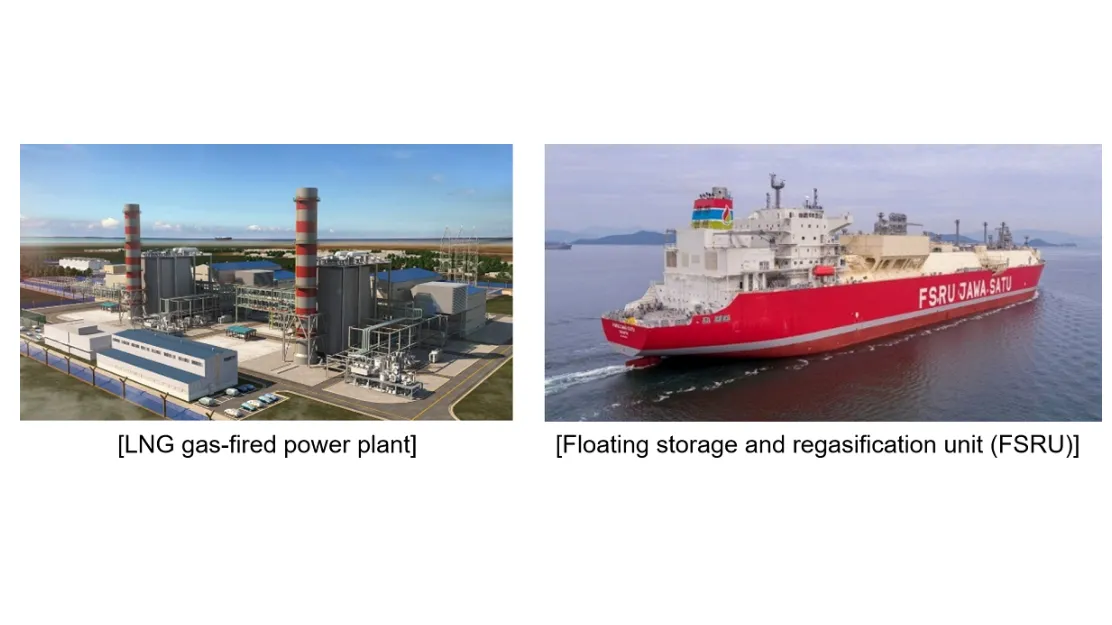
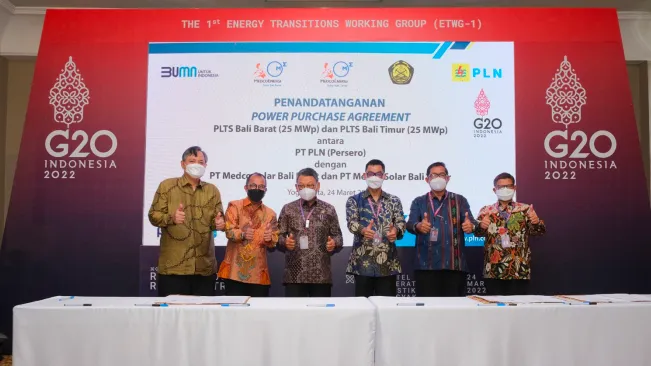
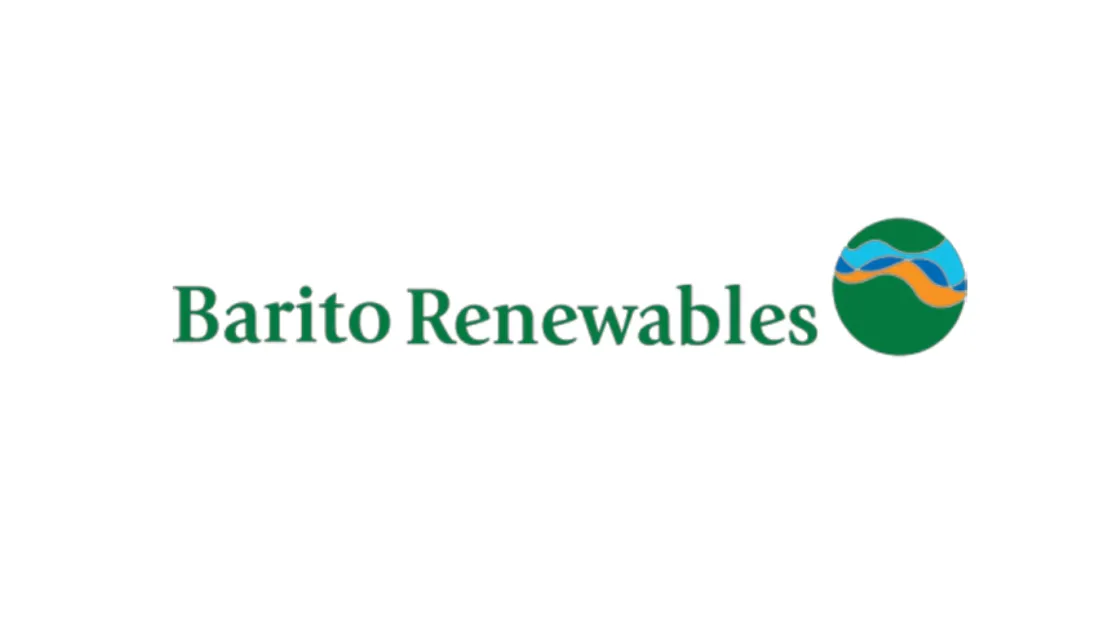

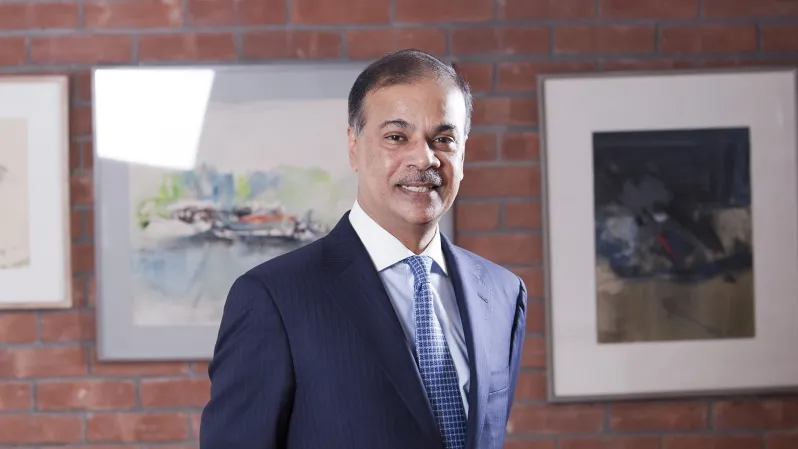
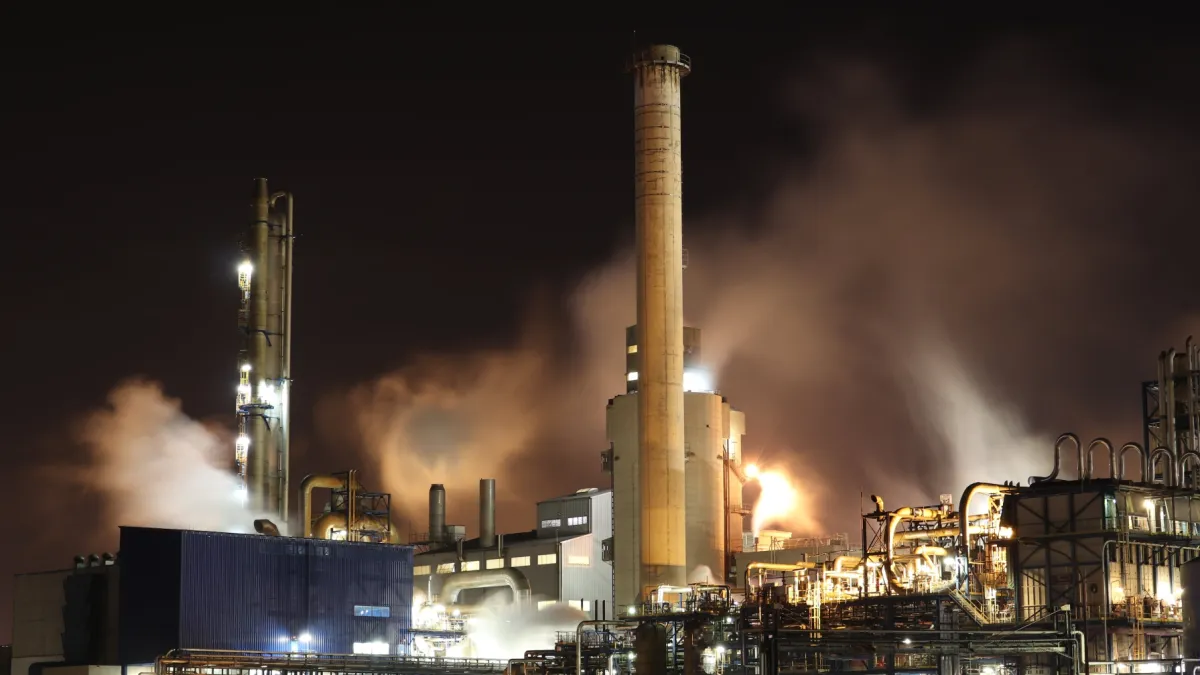

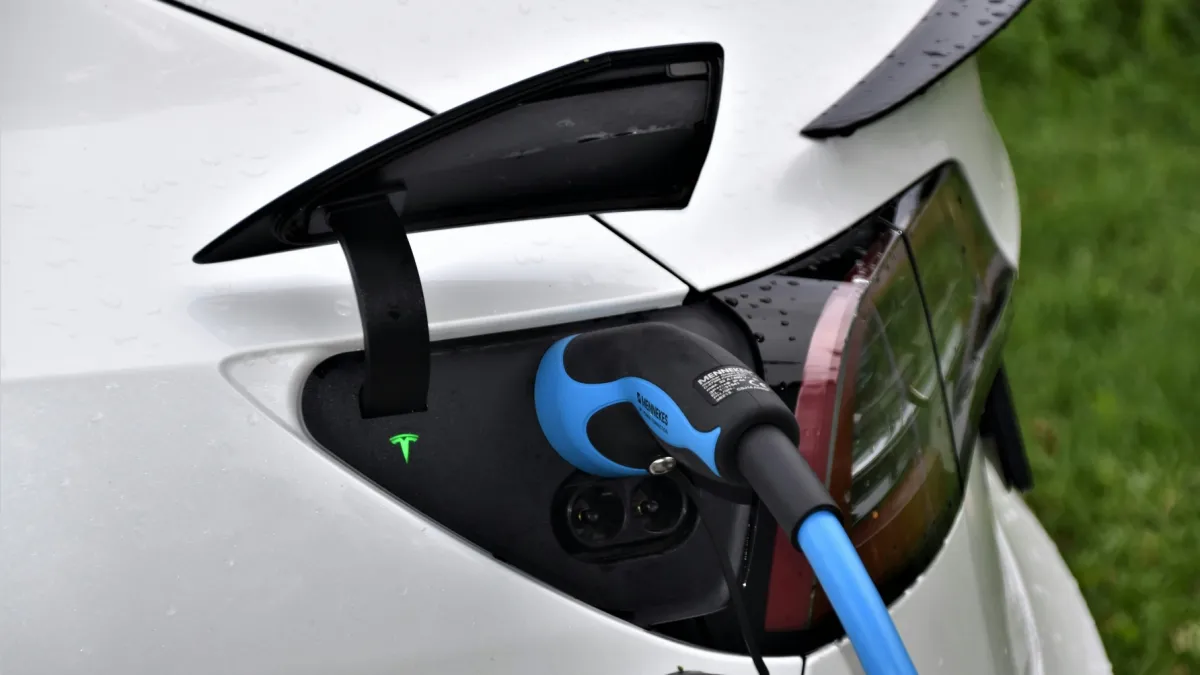
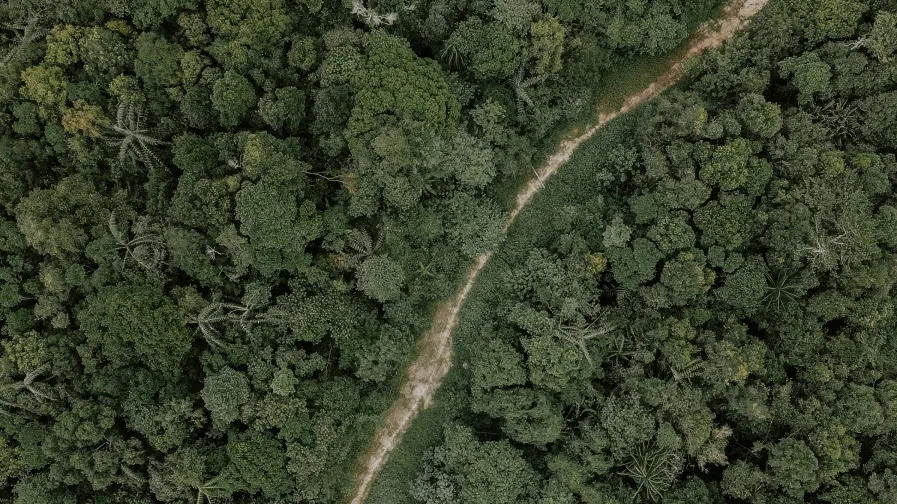


 Advertise
Advertise
